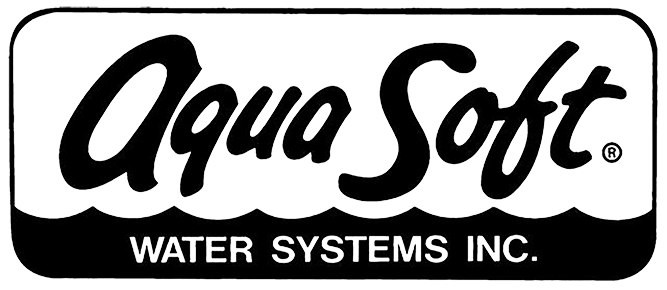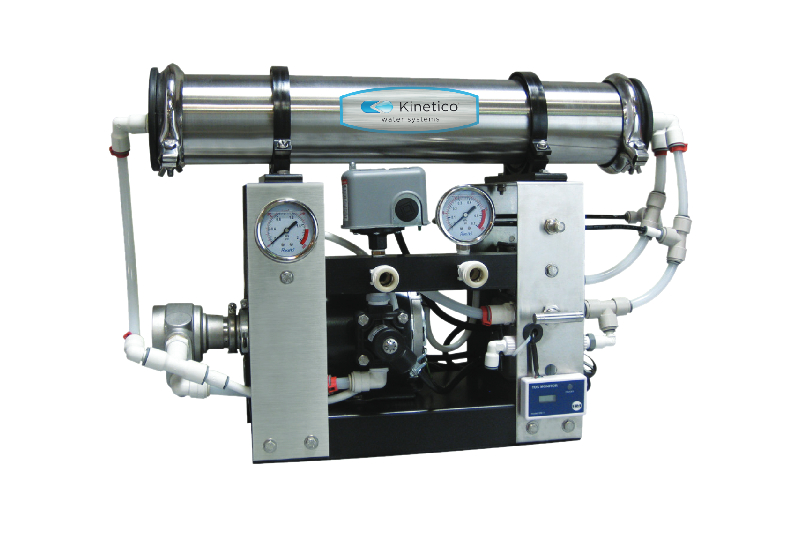A reverse osmosis (RO) system is a popular water purification process that consists of a semi-permeable membrane that is able to remove contaminants such as sediments and chlorine from water. Once the water passes through the RO membrane, it is filtered once again so it is safe and hygienic for drinking. However, different reverse osmosis systems may be equipped with a varied number of pre-and post-filters. But do you know what the lifespan of the reverse osmosis system is? Aqua Soft Palm Beach, experts in water treatment processes and products, explain.
How long do reverse osmosis systems last?
A well-maintained reverse osmosis system can run efficiently for 10 to 15 years, providing you with clean, safe drinking water throughout its lifespan. However, it is imperative to replace each of its filters and the RO membrane as prescribed by the manufacturers.
How to maintain a reverse osmosis system?
A reverse osmosis system must be maintained on a regular basis to ensure quality and efficiency of its working. A standard RO system consists of three to five filtering stages that must be cared for.
Pre-filter or sediment filter
The pre-filter of a reverse osmosis system prevents sediments, sand or dirt from entering and must be replaced every year or after a specific amount of gallons. Sediments and larger particles can degenerate the delicate RO membrane by blocking or clogging it. It is imperative to protect the RO membrane as it is one of the most important and expensive parts of the reverse osmosis system.
Carbon filter
This stage of the filtration process removes chlorine, pesticides, lead and other contaminants that can lend a strange odor or taste to the water. This filter must be replaced every year or after a specific amount of gallons as chlorine can degenerate the RO membrane. Some factors that can adversely affect this filter are the quality of carbon passing through, levels of usage and humidity.
Reverse osmosis
This is the stage of filtration where the actual process of reverse osmosis takes place. Water is forced through the RO membrane using pressure and contaminants are detained to one side of the membrane, while safe drinking water passes through. These RO membranes must be changed every two to three years, or in some cases can last 10 plus years.
Final filtration
The final stage also consists of a carbon filter that removes any impurities, tastes or odors so the water is fit for drinking. As mentioned previously, this filter must be changed every year.
Forgetting to change the filters of the RO system can result in the production of lower levels of clean water over a period of time. If you notice a reduction in the amount of water from your RO system, it is evident that one of the filters or the membrane have undergone wear and tear. Aqua Soft Palm Beach recommends setting reminders and scheduling regular maintenance and replacement of the various parts and filters.
Aqua Soft Palm Beach also outlines the following steps you can undertake to clean and sanitize your RO system on an annual basis:
- The first step is to shut off the main valve and pressure tank.
- Remove all the water from the faucet of the system.
- Remove the prefilter and replace it with a new one.
- Remove the RO membrane (if needed)
- Remove the post filter and replace it with a new one.
- Remove auxiliary filters and replace them with new ones. (if applicable)
- Turn the main valve on once you reattach all connections.
- Turn on the valve/valves to the pressure tank.
- Turn on the water at the faucet and let it run until the water is clear. (2-3 minutes)
- If you replace the membrane, empty the tank and refill twice before using.
Now that you know the lifespan of the reverse osmosis system, contact Aqua Soft Palm Beach today to install your own!


